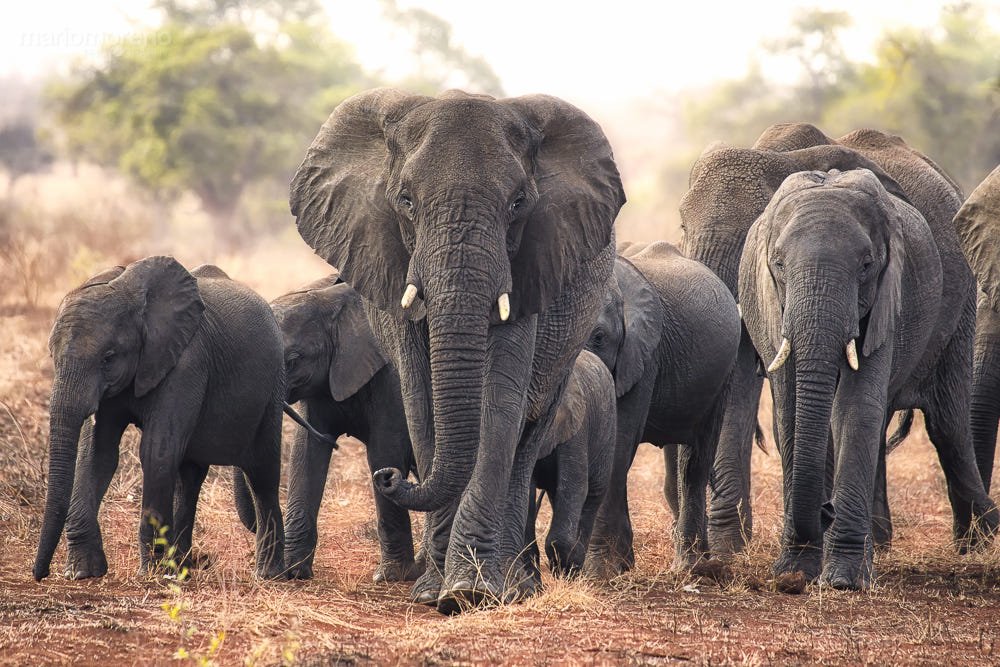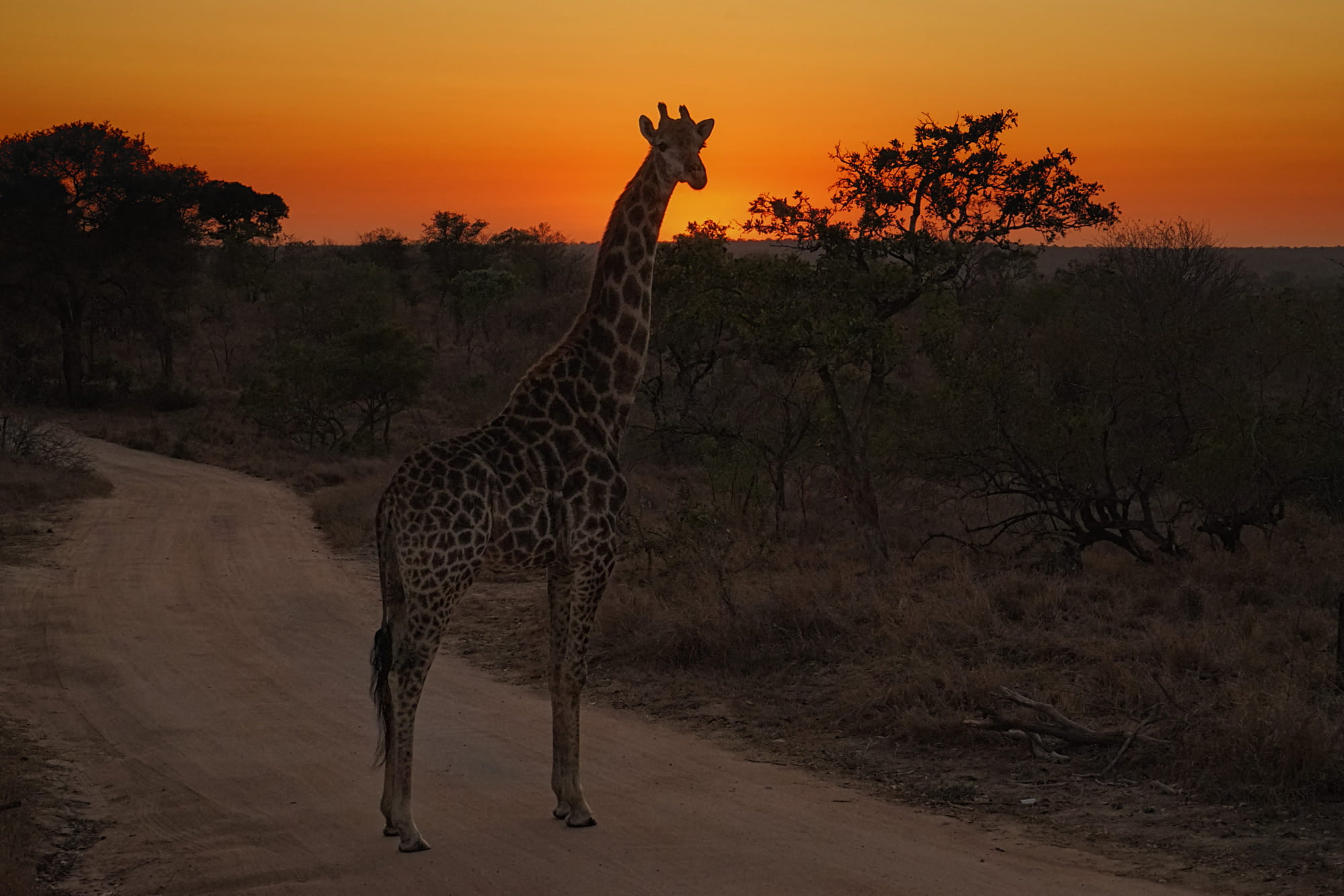Nestled in the northeastern corner of South Africa, Kruger National Park is a world-renowned haven for wildlife enthusiasts, photographers, and nature lovers. Spanning nearly 20,000 square kilometers, this iconic national park offers a diverse array of wildlife, stunning landscapes, and an immersive experience in the heart of the African wilderness. This detailed travel guide will provide you with essential information on things to do, how to get there, accommodation options, and the time needed to fully explore this incredible destination.
Getting There:
Kruger National Park is easily accessible by various means of transportation:
- By Air: The nearest major airports are the Kruger Mpumalanga International Airport (Nelspruit) and the Skukuza Airport (located within the park). These airports offer both domestic and limited international flights. From the airport, you can rent a car or take a transfer to the park.
- By Car: Driving to Kruger National Park is a popular option. The park has multiple entry gates, each offering access to different regions. The main gates include Paul Kruger, Phabeni, Numbi, and Crocodile Bridge.
- By Bus: Several tour operators offer bus packages to the park from nearby cities, making it a convenient option for those without personal transportation.
Unveiling Wildlife and Biodiversity:
Kruger National Park is a stage where nature’s most captivating performers take center stage:
- The Big Five: Lions, leopards, elephants, buffalos, and rhinoceroses inhabit this realm, showcasing their majestic presence and captivating behaviors.
- Beyond the Big Five: Cheetahs sprinting across the savannas, wild dogs orchestrating their hunts, and graceful giraffes silhouetted against the horizon. Every moment brings a new chapter in the symphony of life.

Exploring Different Regions:
The park’s diverse regions offer unique landscapes and wildlife encounters:
- Southern Region: Open savannas and grasslands provide excellent lion and leopard viewing. Satara and Lower Sabie rest camps are ideal bases to explore this dynamic region.
- Central Region: Elephants, buffalos, and antelope species thrive in diverse ecosystems of woodlands, grasslands, and riverine forests. Explore Satara and Olifants rest camps for a comprehensive experience.
- Northern Region: Explore the Mopane-dominated landscapes for a chance to witness large herds of elephants and buffalo. Pafuri Camp in the far north offers a remote escape.
Things to Do:
- Safari Game Drives: Embark on thrilling guided game drives to spot the “Big Five” (lion, leopard, elephant, buffalo, and rhinoceros) along with an array of other wildlife species.
- Self-Drive Safaris: Explore the park at your own pace by driving along well-maintained roads. Remember to adhere to park rules and guidelines.
- Bush Walks: Join guided bush walks with experienced rangers to get up close to the smaller wonders of the park, from insects to plants.
- Birdwatching: With over 500 bird species, Kruger is a paradise for bird enthusiasts. Bring your binoculars and bird guidebooks for an incredible avian adventure.
- Photography: The breathtaking landscapes, diverse wildlife, and golden sunsets provide ample opportunities for photography.
- Cultural Experiences: Visit traditional villages near the park to learn about the local cultures and customs.
- Sunset Drives: Experience the park’s enchanting transition from day to night on guided sunset drives, as nocturnal creatures emerge and the horizon is painted with vibrant hues.

Best Time to Visit:
The park can be visited year-round, but the best time depends on your preferences:
- Dry Season (May to September): This is the prime time for wildlife viewing as animals gather around water sources. The weather is cooler, and vegetation is sparse, making animals easier to spot.
- Wet Season (October to April): The landscape transforms into lush greenery, and many animals give birth during this period. Birdwatching is exceptional, but wildlife might be harder to spot due to denser vegetation.
Duration of Visit:
The ideal duration for exploring Kruger National Park depends on your interests and budget. A general recommendation would be:
- Short Visit (2-3 days): This provides a glimpse of the park, focusing on popular areas and main attractions.
- Medium Visit (4-6 days): Allows for a more comprehensive wildlife experience, including diverse ecosystems and more secluded regions.
- Extended Visit (7+ days): Ideal for in-depth exploration, photography, and truly immersing yourself in the park’s wonders.
Park Etiquette and Rules:
- Speed Limits: Respect the speed limits within the park to ensure the safety of both wildlife and visitors.
- Stay on Roads: Always stay on designated roads and paths. Off-roading can damage the delicate ecosystem.
- No Feeding: Do not feed the animals, as it can disrupt their natural behaviors and lead to potentially dangerous encounters.
- Noise Level: Keep noise to a minimum to avoid disturbing the animals and other visitors.
- Binoculars and Cameras: Bring binoculars and cameras to fully enjoy the breathtaking landscapes and capture unforgettable moments.
- Respect Wildlife: Maintain a safe distance from animals and never approach them on foot.
Accommodation:
Find respite in the heart of the wilderness with a range of accommodation options:
- Rest Camps: From basic camping sites to self-catering chalets and bungalows, rest camps cater to different preferences. Skukuza, the largest camp, offers a bustling hub of amenities.
- Bush Lodges: Immerse yourself in luxury while surrounded by nature. Indulge in private game drives, gourmet dining, and serene views.
- Private Concessions: Experience exclusivity and personalized service in private lodges within the park, where you can craft your dream safari.
Park Conservation:
Kruger National Park’s conservation efforts are a cornerstone of its existence:
- Responsible Tourism: Choose ethical and responsible practices during your visit to minimize your impact on the environment and wildlife.
- Support Conservation: Contribute to the park’s conservation initiatives by supporting local communities, donating to conservation organizations, or participating in educational programs.
In conclusion, Kruger National Park offers an unparalleled opportunity to experience the raw beauty of the African wilderness. Whether you’re a wildlife enthusiast, a nature photographer, or simply someone seeking a connection with nature, the park promises an unforgettable journey. From the thrill of spotting a leopard lounging in a tree to the tranquility of a sunrise over the savanna, Kruger National Park is a testament to the remarkable diversity and resilience of life on Earth. So, plan your visit, pack your bags, and get ready for an adventure that will leave you awestruck and inspired for years to come.
